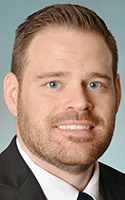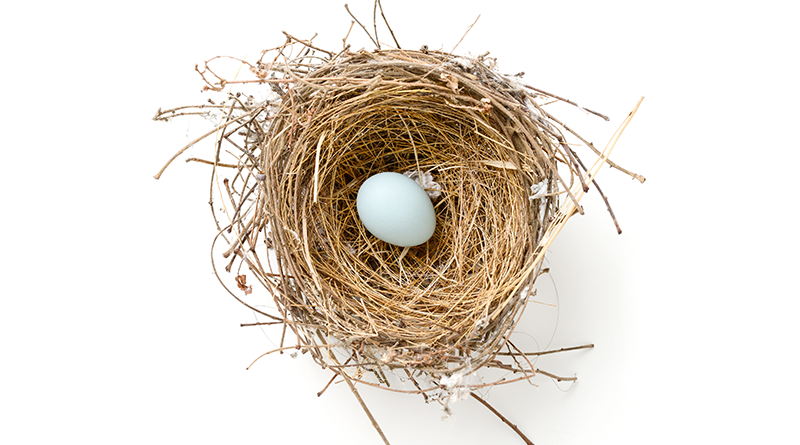Small Nest Egg? You Still Have Time
By Deborah Jeanne Sergeant

Ideally, people should save for retirement their entire working lives. But slightly more than one-third of working people aged 50 and older have less than $25,000 in savings and investment, according to the AARP’s analysis of the 2016 EBRI Retirement Confidence Survey.
While $25,000 isn’t a lot, people in their 50s can still build this nest egg using the strategies local experts recommend.
To have more money to invest and save, Cynthia A. Scott, investment manager and president of OMC Financial Services, Ltd. in Dewitt, recommends that people in this situation continue working and, if offered, contributing to their 401k.
She also recommends cutting back on non-necessities.
“Once you have a handle on income and expenses, knock out 5 percent of your expenses and put that away into savings,” she said. “Most people can find some expenses that they can transfer into savings instead of using.”
A financial adviser can help determine where to invest that money most effectively.
A few examples of ways to cut back could include optional insurance riders, high-end cell phone plans, using a land line, eating out or buying coffee out too often, or unused subscriptions. Refinancing the home mortgage and consolidating and eliminating debt can also help keep more money in the budget.
Someone who owns vacation property should consider either renting it out for continual income or selling.
“Consider whether the location is an area of growth, where it would be a good investment to sell later,” said Randy Zeigler, financial adviser with Ameriprise in Oswego. “You have to consider the tax implications of that. If it’s just an expense right now and it’s just for pleasure, you might want to consider selling it and reinvesting the money.”
In addition to saving aggressively, investing more aggressively can also help build the nest egg. This type of investment may garner high returns, but Aaron Roth, financial adviser with Northwestern Mutual in Oswego, recommends safer investments, such as a Roth IRA.
“Someone in their 50s could put away $6,500 a year,” he said. “The Roth money will keep growing tax-free forever and they can transfer it to their kids as an inheritance tax-free. The tax is spread out and they can pay less tax by paying it at a lower marginal bracket.”
Of course, every situation is different. Debt, property ownership and anticipated lifestyle all make a difference. Gary Matthews, a financial adviser with First Affirmative Financial Network in Fayetteville, generally advises people at this stage who have little retirement savings to “not be all that conservative. Invest more in the stock market, because that’s likely where your portfolio will grow. Savings accounts make very little money over time with today’s low interest rates.”
Since they have little time left to invest, taking on a few riskier investments can help their nest egg grow faster, according to Matthews.

Ryan W. York, financial adviser and chief executive officer with Pinnacle Investments, LLC. in Syracuse, thinks that a lot of people look at Social Security as their main source of retirement income — but they shouldn’t.
“It was started before baby boomers and didn’t take into consideration extended life spans and the cost of living being outpaced by healthcare costs,” York said.
York would advise a client in this scenario to continue working, at least part-time. If the client enjoys that type of work, then continuing to work shouldn’t be that difficult.
Retiring to a high-end location and traveling to exotic locales may not happen. Readjusting expectations can help make retiring sooner more realistic.
“Every situation is different, which is why creating a plan is helpful,” York said. “Some want to move away from Central New York to where it’s warmer. Others choose to reduce their cost of living to live closer within their means and retire sooner.”
He added that people should plan to support themselves for 30 years after retirement.

